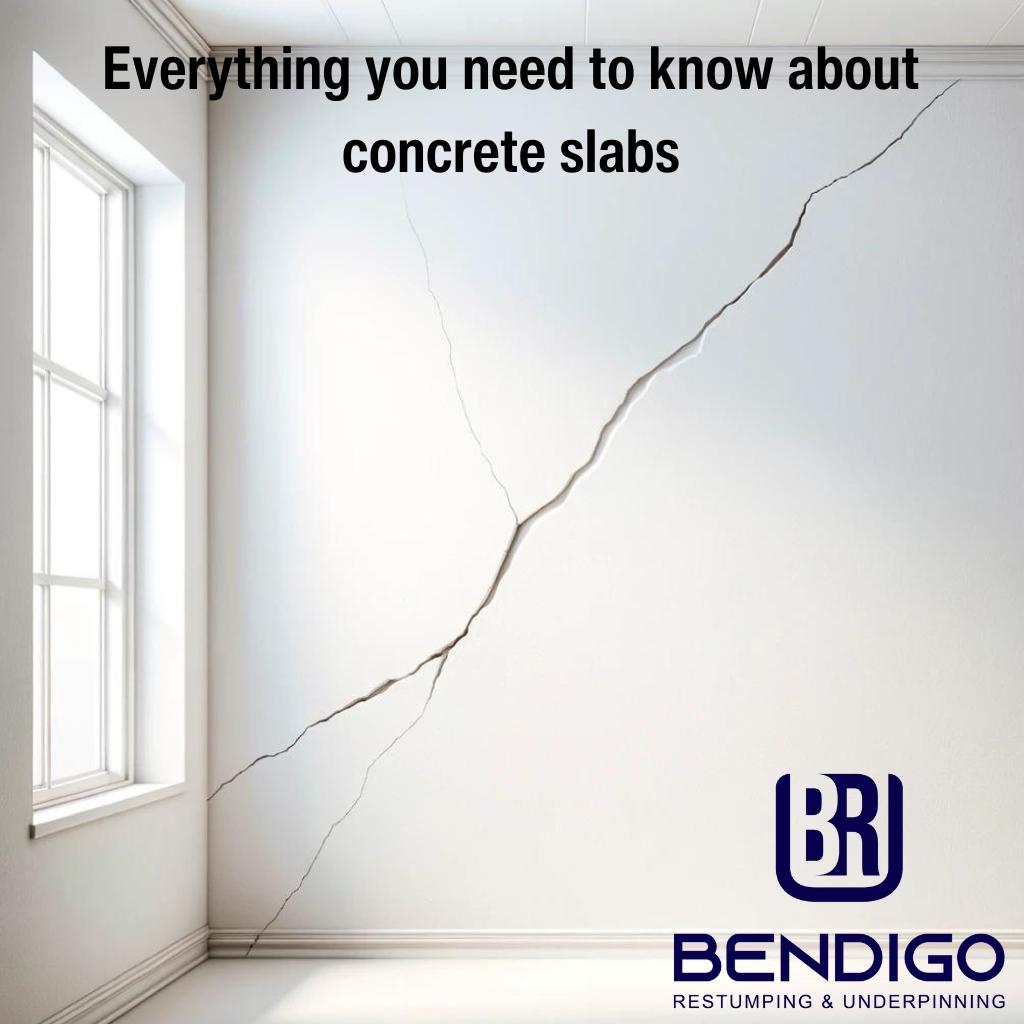Concrete slabs form the foundation of many modern structures, offering durability and stability. Essential in this process are restumping contractors in Bendigo, who ensure the integrity of these foundational elements. Understanding concrete slabs is crucial for any construction project, from the mixing to the curing process.
In this post, we’ll discuss more about concrete slabs and the most common types used today.
What is a Concrete Slab?
A concrete slab is a common structural element made of cast concrete that provides a flat, horizontal surface. It’s typically used as a floor or a roof and sometimes even as foundation layers.
Concrete slabs are known for their strength and durability, making them ideal for a wide range of building projects, from residential homes to large commercial structures. Their thickness and reinforcement can vary depending on the intended use and the load they need to support.
What Are the Most Common Types of Slabs?
Slab-on-ground, suspended slab, and raft slab are the most common types of concrete slabs. Consider the characteristics of each one below:
Slab-on-Ground
A slab-on-ground is a type of concrete slab that is directly laid on the earth’s surface. It’s commonly used in residential construction, such as underpinning for renovations. It provides users with a stable and durable foundation for ground-floor levels.
This type of slab is particularly favoured in areas with stable soils, as it can effectively distribute the weight of the building and resist shifts in the ground. Its installation involves preparing the ground, setting up formwork, placing reinforcement, and pouring concrete.

Conventional Slab
The conventional slab subtype is a basic form of Slab-on-Ground. It involves a straightforward construction process with a uniform thickness throughout, making it a cost-effective and popular choice for many homes. Reinforcement mesh is typically used to enhance its strength and prevent cracking.
Waffle Pod Slab
Waffle pod slab, another subtype, incorporates a void formers (pods) grid, creating a waffle-like pattern underneath. This design allows for a stiffer and more efficient slab that uses less concrete, making it lighter and more environmentally friendly. Waffle pod slabs are particularly suitable for reactive clay soils as they offer better resistance to soil movement.
Suspended Slab
Suspended slabs are a type of concrete slab used primarily in multi-storey buildings and as floors above basements or voids. These slabs are supported by beams, walls, or columns rather than directly on the ground. They are favoured for their ability to create large, open spaces beneath them, making them ideal for car parks, commercial buildings, and residential apartments.
The construction of suspended slabs involves formwork to hold the concrete in place until it cures and often requires additional reinforcement to carry the loads imposed upon it.
Raft Slab
Raft slabs, also known as mat foundations, are thick reinforced concrete slabs that spread the load from a building over a large area. This type of slab is beneficial in areas with weak or unstable soils, as it provides a solid base that reduces the risk of differential settlement.
These slabs are constructed by laying a dense grid of reinforcement bars and pouring concrete over them, creating a solid foundation supporting the entire structure. They are commonly used in residential construction, particularly for houses on expansive or reactive soil types.

